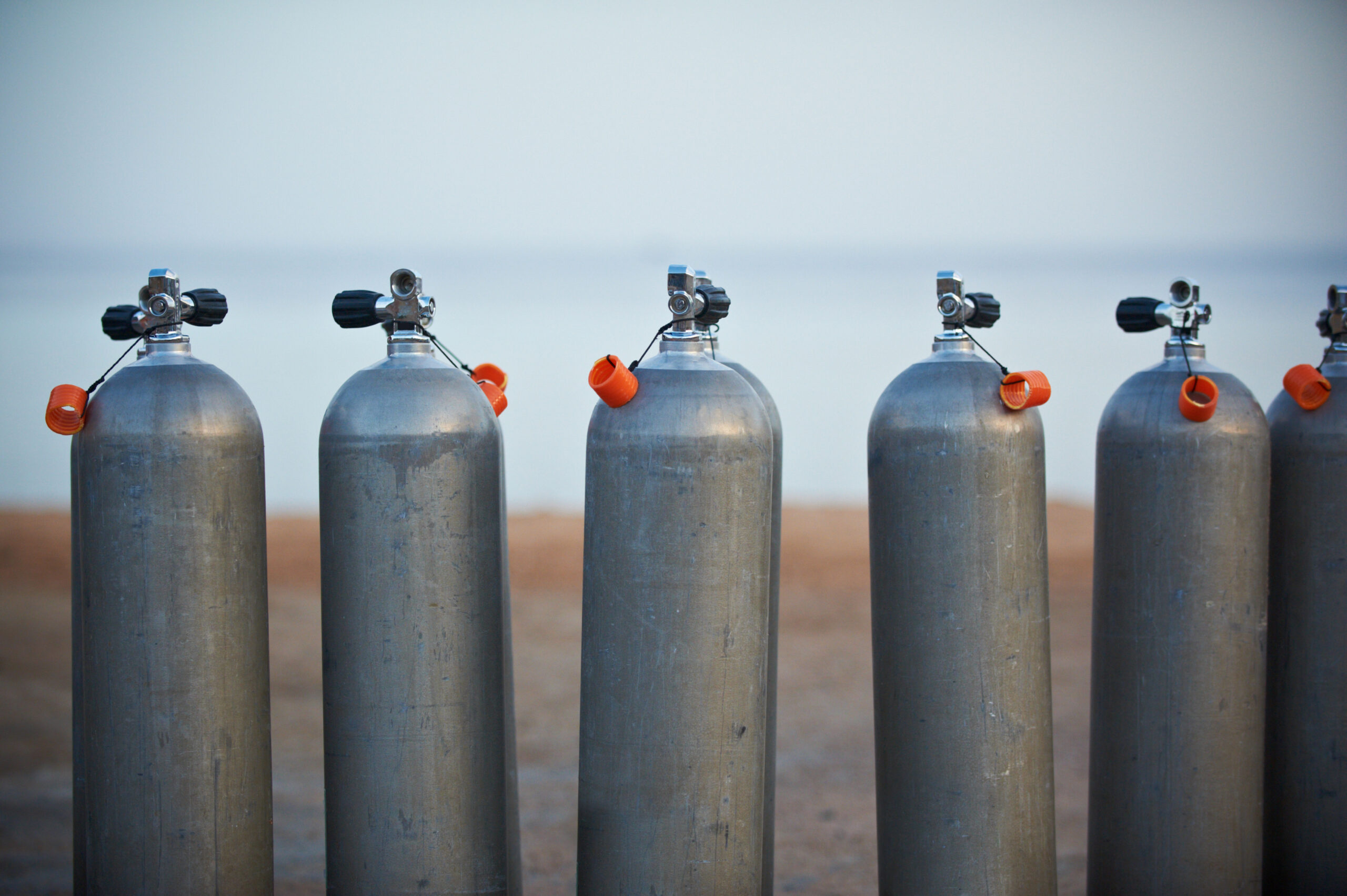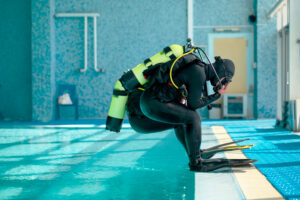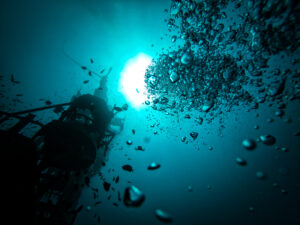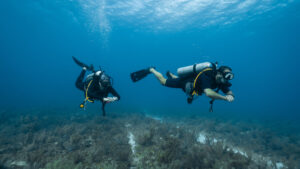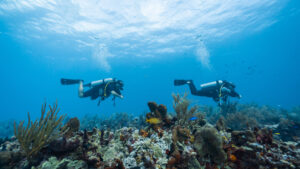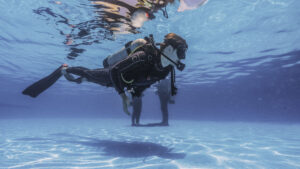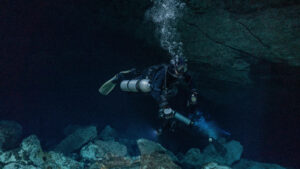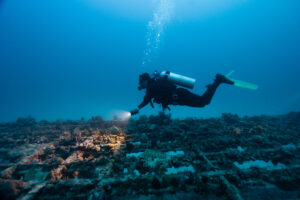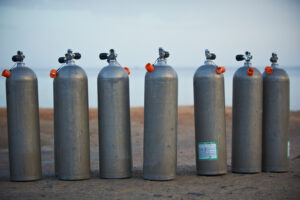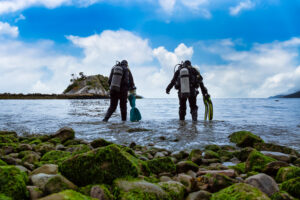What is Working Pressure?
Working Pressure (WP) is a critical parameter for scuba diving cylinders, as it indicates the maximum filling pressure rating for the cylinder at standard temperature. Understanding the concept of working pressure is essential for divers, as it directly impacts their safety underwater. This comprehensive entry will discuss the importance of working pressure, its determination, factors affecting it, and safety measures for divers.
Understanding Working Pressure
Working pressure is the maximum pressure at which a scuba diving cylinder is designed to operate safely under normal conditions. It is typically expressed in pounds per square inch (psi) or bars (1 bar = 14.5038 psi). The working pressure of a cylinder is often stamped on its shoulder, ensuring that the diver and the filling station operator can identify it easily. This information is crucial in determining the appropriate gas mixtures and calculating the dive time and depth.
Determination of Working Pressure
The working pressure of a scuba cylinder is determined by the manufacturer through rigorous testing and engineering analysis. Factors considered during the determination process include the cylinder material, wall thickness, and manufacturing processes. Different materials have varying strengths and elasticities, which influence the cylinder’s pressure rating. Common materials used for scuba diving cylinders include steel and aluminum.
Steel Cylinders
Steel cylinders are known for their high tensile strength and durability. They typically have higher working pressures, ranging from 2320 psi (160 bar) to 4500 psi (310 bar). The higher working pressure allows for a greater volume of gas to be stored, enabling longer dive times and deeper dives. Steel cylinders are also less susceptible to buoyancy changes as the gas is consumed.
Aluminum Cylinders
Aluminum cylinders are lightweight and corrosion-resistant, making them a popular choice among recreational divers. However, they typically have lower working pressures, ranging from 2015 psi (139 bar) to 3300 psi (227 bar). Despite their lower pressure rating, aluminum cylinders are still suitable for most recreational diving activities.
Factors Affecting Working Pressure
Temperature
The working pressure of a scuba cylinder is based on the standard temperature of 70°F (21°C). As temperature increases, the gas inside the cylinder expands, leading to an increase in pressure. Conversely, a decrease in temperature causes the gas to contract, reducing the pressure. These changes in temperature can significantly impact the working pressure of the cylinder, especially in extreme conditions.
Cylinder Age and Condition
Over time, the strength of a scuba cylinder’s material can degrade due to wear and tear, corrosion, and damage. This deterioration can reduce the cylinder’s working pressure, making it unsafe for use. Regular visual and hydrostatic inspections are necessary to ensure the cylinder’s structural integrity and pressure rating are maintained.
Safety Measures for Divers
Adhering to Working Pressure
Divers and filling station operators must respect the working pressure of a cylinder to avoid overfilling. Exceeding the maximum pressure can weaken the cylinder’s structure, potentially leading to catastrophic failure and injury.
Proper Cylinder Inspection
Scuba cylinders should undergo regular visual and hydrostatic inspections as per local regulations and manufacturer’s recommendations. Visual inspections can identify signs of corrosion, damage, and wear, while hydrostatic testing checks the cylinder’s ability to withstand pressure beyond its working pressure safely.
Appropriate Gas Mixtures
Divers must use gas mixtures suitable for the working pressure of their cylinders. Using a gas with a higher oxygen content in a cylinder rated for a lower working pressure can lead to an increased risk of oxygen toxicity.
Buoyancy Considerations
Divers should be aware of the buoyancy characteristics of their cylinders, as different materials and working pressures can impact their buoyancy underwater.
Temperature Considerations
Divers should be aware of the potential impact of temperature on the working pressure of their cylinders. When diving in extreme temperature environments, it is crucial to account for the change in pressure and adjust dive planning accordingly.
Proper Storage and Handling
To maintain the working pressure and structural integrity of the scuba cylinders, divers should store them in a cool, dry place, away from direct sunlight and sources of heat. Cylinders should also be handled with care to avoid damage that could compromise their working pressure rating.
Training and Awareness
It is essential for divers to have proper training and education on the importance of working pressure in scuba cylinders. This knowledge will help them make informed decisions about cylinder selection, filling procedures, and dive planning. Additionally, divers should stay up-to-date with industry standards and advancements to ensure they follow the best practices.
Equipment Compatibility
Divers should ensure that their regulators, hoses, and other equipment components are compatible with the working pressure of their scuba cylinders. Using incompatible equipment can lead to equipment failure, compromising the diver’s safety.
Gas Management
Divers should practice proper gas management techniques, including monitoring their air consumption and planning their dives to ensure they have a sufficient gas supply for their planned dive time and depth. Proper gas management can help prevent low-on-air situations and reduce the risks associated with exceeding a cylinder’s working pressure.
Emergency Procedures
Divers should be familiar with the appropriate emergency procedures in the event of a cylinder failure or over-pressurization. This knowledge can help them react quickly and effectively, potentially preventing injury or equipment damage.
Understanding and respecting the working pressure of scuba diving cylinders is essential for ensuring diver safety and maintaining the integrity of the equipment. By adhering to the maximum filling pressure rating, conducting regular inspections, and following proper dive planning and gas management techniques, divers can minimize the risks associated with working pressure and enjoy their underwater adventures safely.

